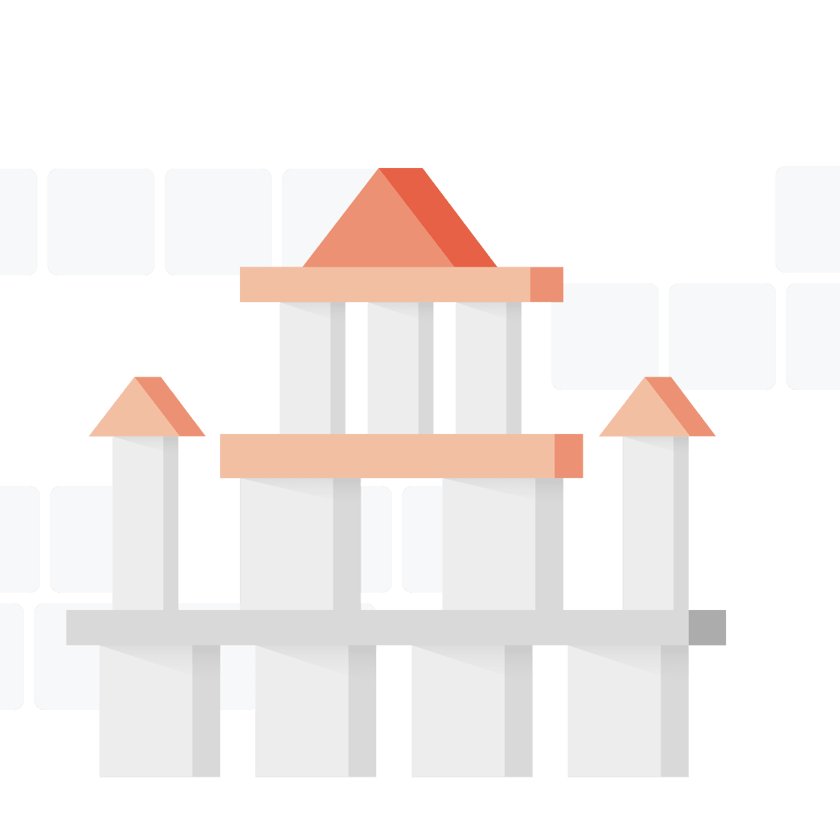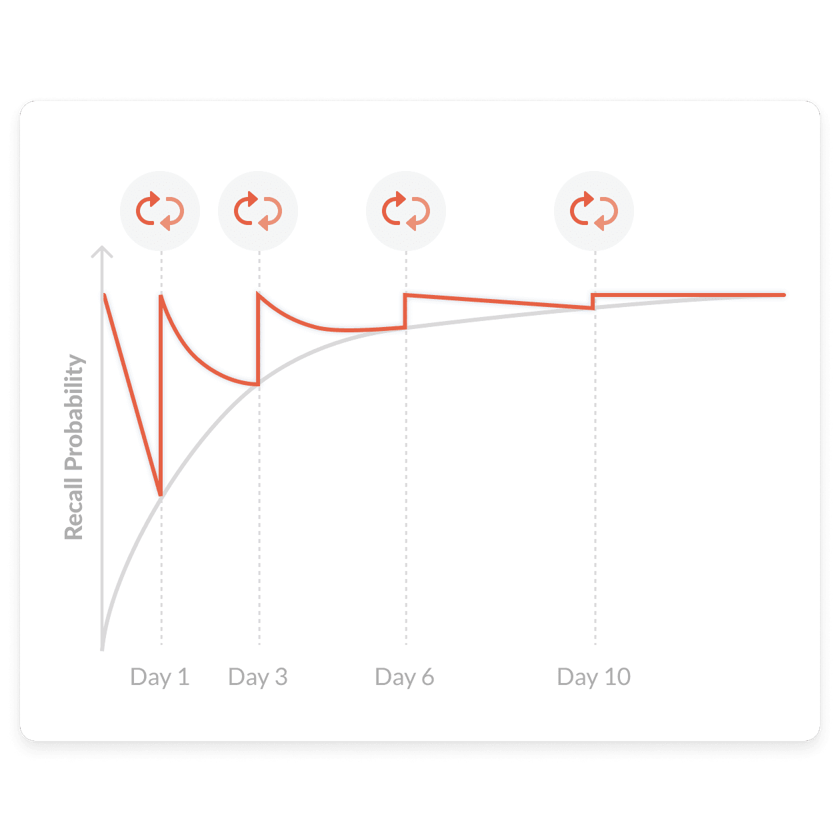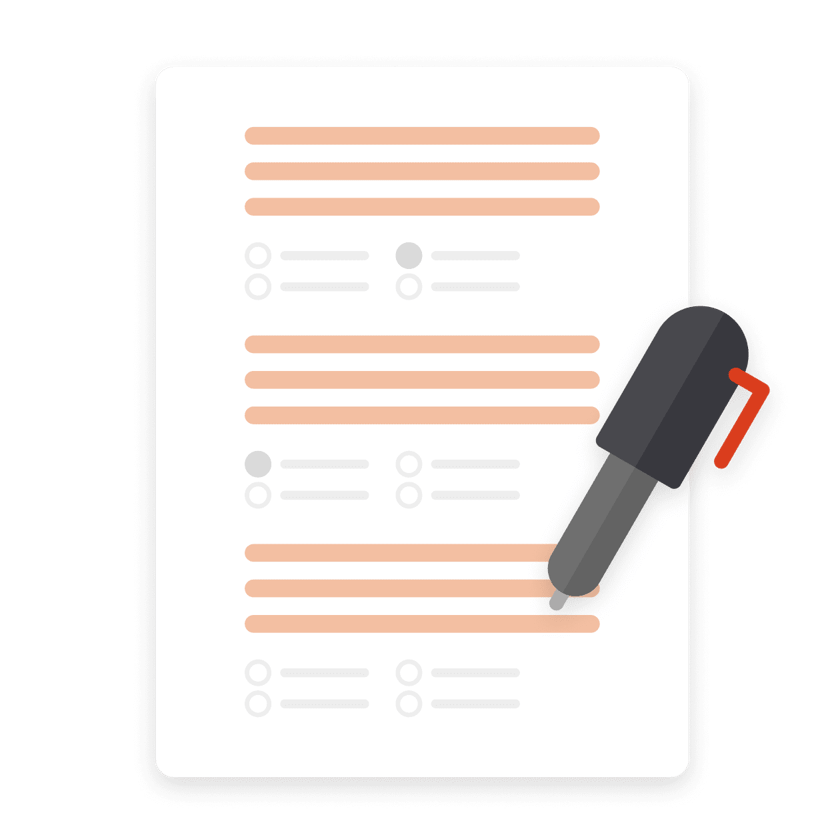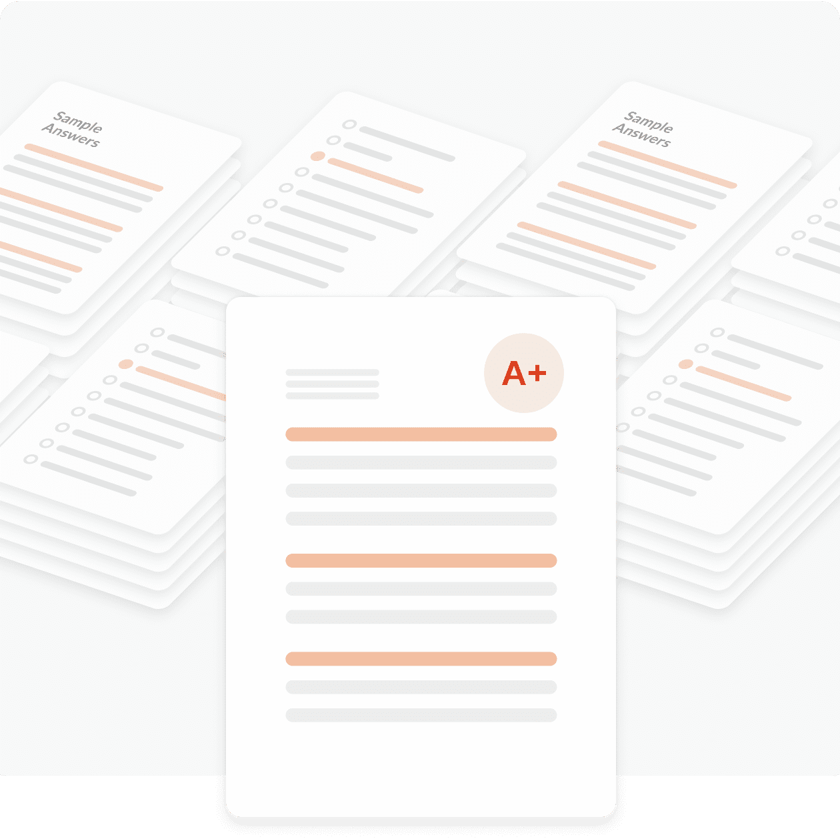The role of learning science at Quimbee

Quimbee uses learning science to create a more satisfied and educated learner
There’s a reason why students choose Quimbee.** We take a holistic approach to the design of our learning materials. We rely on over one hundred years of educational-psychology research to deliver the best educational content to yield the best possible outcomes for our students. Any truly effective education program must make learning theory part of its core mission. Quimbee integrates five major areas of **research-based methodologies** in all its offerings.

Building knowledge from scratch: scaffolding novices' knowledge
Students that enter a new domain come in as a novices. Novices are learners with a limited amount of prior knowledge about a topic or skill. It's a teacher's job to create materials tailored to a novice's abilities and level of understanding. One way to accomplish this is by providing useful, thoughtfully designed materials to provide these learners with an initial structure, or scaffold, of the incoming information (Vygotsky, 1987). Scaffolds can help provide initial organization of the new information, and show explicit and implicit relationships between key information. All scaffolds work to reduce the amount of cognitive load put on a novice learner. This initial structure is important early on to help give students a firm foundation for future learning.
Quimbee provides a direct scaffold to students with our Quimbee Outlines and Quicklines. These give students an initial structure, grouping related concepts and allowing students to integrate their incoming knowledge from class into their growing structure of knowledge. Our Word versions are perfect for learning that initial structure and building out with class notes (this is especially helpful for 1Ls).
Quimbee also supports law students and attorneys by creating thoughtfully designed materials meant to structure their understanding of legal content and build upon their prior knowledge, providing a robust foundation for the concepts that come later in their academic and professional careers. Quimbee utilizes a number of theories and techniques to provide scaffolding for novices: leveraging the cognitive theory of multimedia learning (CTML), using spaced repetition, providing retrieval practice, and taking advantage of worked examples. These techniques have been shown to improve learning in legal education and beyond (Cooper & Gurung, 2017).

See it and hear it: cognitive theory of multimedia learning
Learning in person is substantially different than learning online (Clark & Mayer, 2016; Mayer, 2012). To facilitate online learning, many institutions turn to video to communicate information. However, the format in which information is presented has a huge impact on how efficient these videos are at teaching students. Although many institutions try to replicate the classroom experience by repurposing live presentations or turning to easy-to-produce talking-head videos, the more effective way to communicate information in video-based environments is by leveraging the CTML. The CTML was proposed in the 1980s by Dr. Richard Mayer, an educational psychologist at the University of California Santa Barbara. The CTML is rooted in the idea of the dual-coding and cognitive-load theories that were developed around the same time. These theories help us understand how much and when a learner can ingest information at any given moment, controlling the amount of work a learner needs to do to make sense of the content (Mayer & Moreno, 2003).
Quimbee leverages the CTML in myriad ways. First, each video produced by Quimbee is thoughtfully and carefully crafted to combine the narration with highly effective illustrated visuals. This marriage of visual and verbal information maximizes these theories and allows learners to better remember the materials and better integrate them into their prior knowledge for use on future topics. Additionally, we carefully monitor the length of our videos and aim for an eight-minute cap on lesson length. This keeps attention longer and allows learners to engage more deeply with the content.

Study purposefully with spaced repetition
Cramming for a test involves trying to take in a massive amount of information in days (or maybe hours). If students are lucky, they remember just enough to do well on the test. But information learned this way is forgotten as quickly as it's learned. Students can learn something more thoroughly and in less time using a technique called spaced repetition. This simple idea essentially suggests that spacing out our study sessions can lead to a better and more robust memory of those materials (Brown, 2014). With the increasing popularity of computer-based learning environments like Quimbee, instructors can more easily control the pace and frequency with which a student sees new, learned, and potentially forgotten materials. This weaving of new, remembered, and forgotten content can facilitate better memory for the content than a more traditional cramming (Karpicke & Roediger, 2007). These techniques, often found in foreign-language learning environments, are quickly finding their way to other learning domains.
Quimbee uses the latest research in spaced repetition to promote better long-term memory of key concepts. This gets students up to speed more quickly than when they study alone. Our formative assessments are built with an algorithm that carefully controls when a learner sees new and old information, essentially adapting our assessments to their performance. This procedure allows students to better remember what they study and make faster progress.

Make learning active: learning with retrieval practice
For most people, studying is a passive activity. Learners listen to lectures, read books and articles, highlight passages, and watch presentations. When students want to remember something, they'll engage in re-reading, re-watching, and reviewing their notes. Shallow learning techniques—such as rote memorization, highlighting, or cramming—will often feel productive to the student, but material studied in this manner is often forgotten quickly (Brown, 2014). But students learn better and more quickly when they engage in purposeful effort during study. This purposeful effort can be introduced by using retrieval practice. Retrieval practice asks students to deliberately recall information they have just learned, often in the form of a quiz. This recall process, though sometimes difficult, can lead to better memory and a better ability to transfer information to novel problems (Agarwal, McDaniel, Thomas, McDermott, & Roediger, 2011; Larsen, Butler, & Roediger, 2009; McDermott, Agarwal, D'Anotnio, & Roediger, 2014). Retrieval practice isn't a test; it's a better way to learn. Assessment opportunities allow students to see what they do and don't remember. Remember: it's not the grade that matters—it's the process of recalling information.
Quimbee's lesson and chapter assessments are perfect opportunities to engage in retrieval practice. Learners can test their knowledge through practice and get instant feedback into how they can improve or repair their knowledge. Our video quizzes combine the CTML with retrieval practice for an even more powerful learning environment.

Targeted feedback to fix broken & missing knowledge
How prevalent are misconceptions in learning? Many people think Earth get its seasons by moving closer to or further from the sun (seasons are actually caused by the tilt of the Earth's axis). This is a popular misconception that people develop early on—even Harvard graduates are often mistaken (bly2425, 2009). Correcting misconceptions early in learning is key to building a robust foundation of knowledge that can lead to future learning. Unfortunately, it's hard to find and address these misconceptions in law school. The Socratic method does a good job of this, but professors can only measure, judge, and repair the misconceptions they discover.
Quimbee's formative assessments and essay practice exams provide feedback that explains the correct and incorrect answers to questions. This process allows students to immediately confront missing or incorrect information during study. Model answers on essay practice exams help students identify issues not spotted or misinterpretations of legal rules. These can fix missing or incorrect knowledge early—before it becomes solidified and harder to address with conventional teaching methods.

Follow along with the worked-example effect
Approaching a problem in a new domain can be difficult. Where does a student start? What information is relevant? Is there an easier way to do it? Unfortunately, novice learners have difficulties addressing more advanced problems:they overlook important information, have a difficult time identifying what is and is not important, and cannot find different ways to solve problems (Chi, Feltovich, & Glaser, 1981; Chi & Glaser, 1985; Jonassen, 2000;Voss & Post, 1988). Worked examples aim to assist novices with initial problem solving by providing them a step-by-step guide early on.This can reduce cognitive load in novice learners and allow more thorough learning of new information (Renkl, 1997; Sweller, 2006). Though this theory is often studied and cited in the hard sciences, domains like law can leverage the benefits of the worked-example effect.
Quimbee's essay practice exams and case briefs provide solutions to problems that are similar to those that may be encountered in traditional worked-example learning environments. By providing a worked-out solution, we can show learners how expert answers are created — providing a template for future performance.



